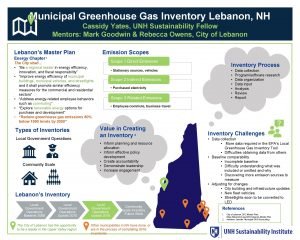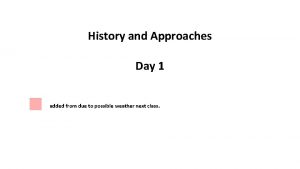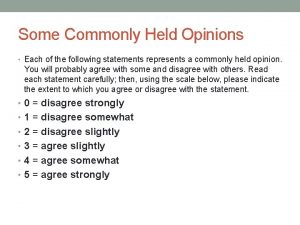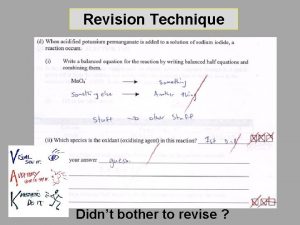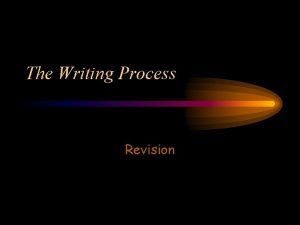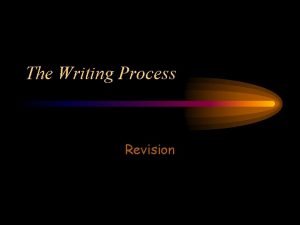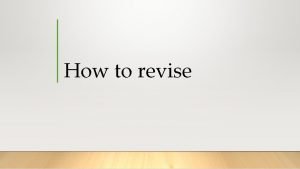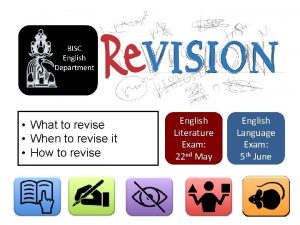Revision Process How to revise effectively Mr Yates










- Slides: 10

Revision Process How to revise effectively Mr. Yates

Revision is re-learning Although I don’t want you to think about this in too much detail take a look at the graph. We forget information rapidly unless we have a re-learning or (revision) time.

More practice = more myelination • If we increase myelin sheath we increase the speed of electrical signals • Which in turn increases our ability to recall information • When we practice – we increase the amount of myelin

Strings • Think of learning like strings and rope • The string is only 1 process of learning – say note taking; its not very strong, and cant be used to lift much. • The rope is made up of multiple threads, or multiple revision methods – its very strong and can lift loads.

Step by step revision process Step 1 Create a red list Step 2 Revise those red list topics effectively Step 3 Take past papers and mark them and give feedback to yourself

Step 1 Creating a RED list • Use your specification – or the contents of your textbooks • Decide whether each topic or sub topic is Red, Amber or Green • Once you have highlighted the red topics create a list of them • These are the topics you struggle with the most – so should be where you start your revision.

Step 2 Creating active tasks Try and keep most of your revision in the “active” category

Step 2 Some examples of tasks Verbally explain a topic Have a verbal test with Test yourself by and then write down a friend creating flash cards all of the key points with questions on them and answers on the back Create a list of topics or subtopics that all link together in some way Take a past paper and with a different colour add in bits that you missed out using your notes to help Time yourself to answer a question and try and beat the time Use your notes and textbooks to create acronyms Watch a youtube video on your chosen topic and then see If you can spot any bits you would add in Annotate a mark scheme to spot where the examiner is looking for marks Using your notes create a “fill in the blanks” paragraph or two. In pairs create a mind map. One person writes something, you have to write something that link Create key term mind maps with definitions attached and test yourself on them See if you can verbally answer a past paper question perfectly Take a past paper test – mark it as best you can and then create a list of marks that you have missed out In pairs create multiple choice tests for each other – make them hard!

Step 3 If you are learning how to drive a car…. You will at some point, have to drive a car…. • Your output for you’re A-Levels are exams, so your input will have to match your output. • At some point you will have to take past paper questions • Do these effectively, timed, marked and reviewed • Systematically work out when you will do them in your week.

How long should you revise for? • Each person will be very different • Try and break it down with short breaks • Have an overall amount of time, or an outcome by the end, for example a completed past paper or mind map



